Stevia-the Sweet Herb~
No doubt you have been keeping up with all the latest concerning Stevia. If not check out the Organic Consumers site and get the updates. Interesting to say the least. Exciting to say more~
Stevia rebaudiana is one of about 154 members of the genus Stevia. A member of the Sunflower family, stevia is a small herbaceous subtropical perennial shrub that grows to 2 maybe 3 feet tall.
Stevia supposedly grows best in cooler climates but for some strange reason it has done well for me in middle, southern Tennessee. During the growing season it supposedly thrives best at between 60 and 85 degrees.
Here in our part of Tennessee, we range more in the 90’s during the average growing season.
It grows as a perennial in frost free zones but otherwise can be grown as an annual.
Stevia rebaudiana is the only member of the genus containing the sweet compounds.
When you are planning to try your luck at growing Stevia, look for plants that have been grown from cuttings with a high stevioside content.
Cuttings are more reliable than seeds, so I read…but, I had beautiful plants this last year from seeds that self sowed.
I have concluded it is like most herbs…will thrive under most any and all conditions if it has good soil, lots of sun, and a wee bit of care.
Plant outside in early spring after all danger of frost has passed. It is very tender to hard frost and it’s also very brittle to the touch…so take care when working around your plants.
Sandy Loam soil with plenty of organic matter is great.
A layer of mulch works after the soil heats up and stays hot.
And I would certainly advise growing it in a raised bed…but then I grow everything in raised beds…just makes life for the plants and for me much better!
Stevia requires a consistently moist soil…but not waterlogged.
I use a manure fertilizer worked into the soil before planting.
Above all else avoid high-nitrogen chemical fertilizers, they produce large leaves and no flavor.
Sweet growing and enjoy~











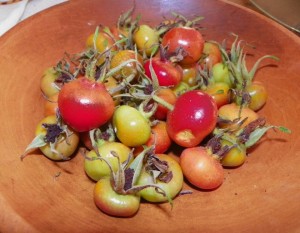 Rose (Rosa spp.) The name for a rose is almost the same in every European language. Dried roses have been found in Egyptian tombs.
Rose (Rosa spp.) The name for a rose is almost the same in every European language. Dried roses have been found in Egyptian tombs. One is always as beautiful as the next-in the eye of the beholder…
One is always as beautiful as the next-in the eye of the beholder…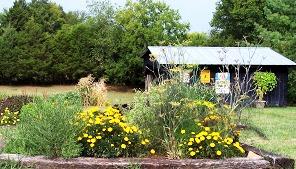
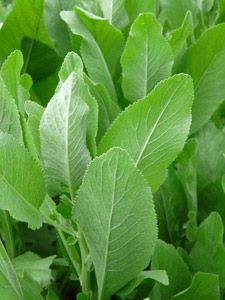
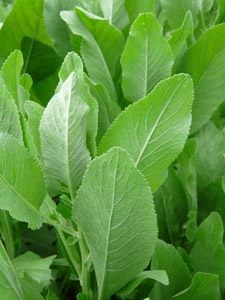 Costmary (Chrysanthemem balsamita) is also known as Bible leaf because in Colonial times a leaf served as a bookmark in Bibles and prayer books. When drowsiness set in, the sleeper treated himself to the minty leaf to stay awake~
Costmary (Chrysanthemem balsamita) is also known as Bible leaf because in Colonial times a leaf served as a bookmark in Bibles and prayer books. When drowsiness set in, the sleeper treated himself to the minty leaf to stay awake~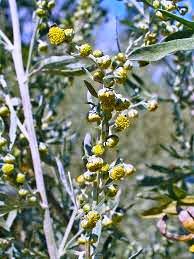
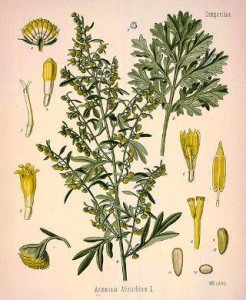 This yields what is known to druggist as “Absinthine”.
This yields what is known to druggist as “Absinthine”.